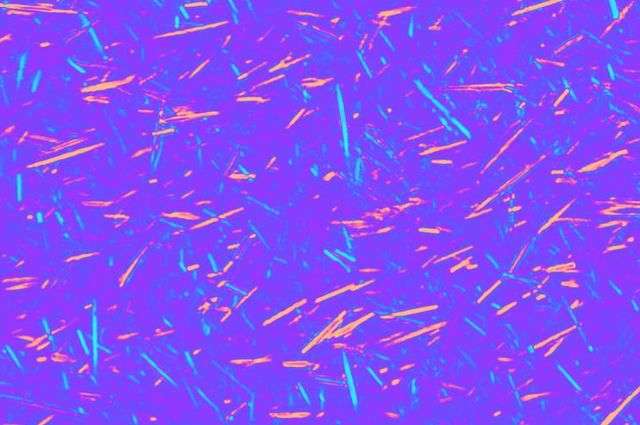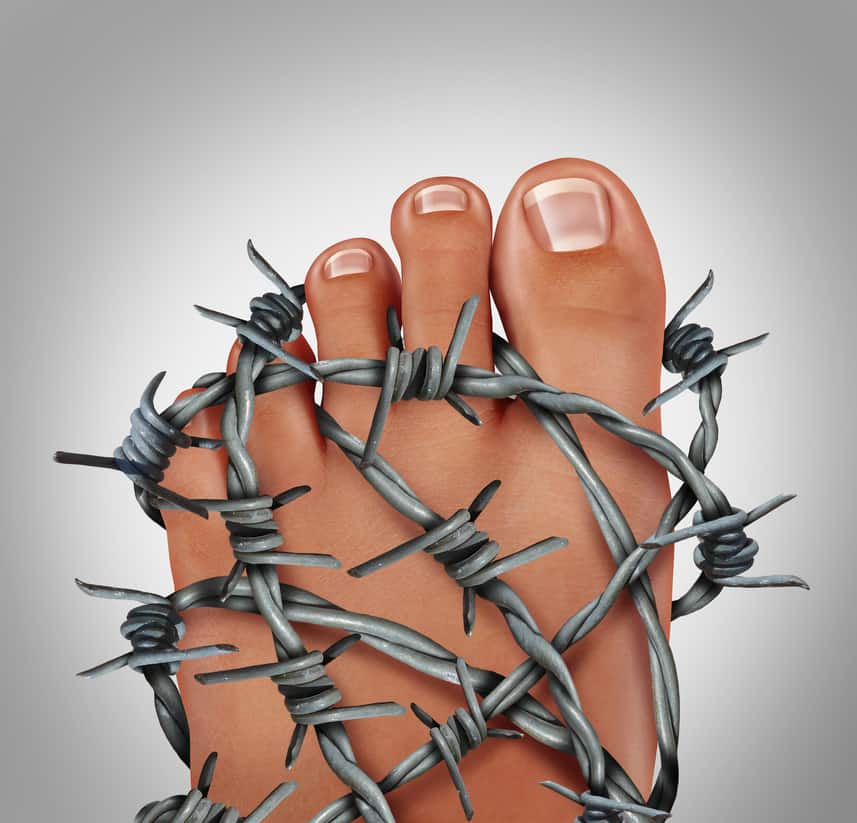Estimated reading time: 3 minutes
5 Things to know about Gout
- Gout is a painful joint condition caused by uric acid crystals that can come on suddenly
- It is diagnosed by sampling the fluid or by the clinical scenario and uric acid levels, though levels are not diagnostic by themselves
- Treated with anti-inflammatory drugs, steroids, or with colchicine. Long term suppression drugs can help as well but not in the acute phase
- High purine (protein) diets can trigger it or even a short binge as well
- Gout may well have affected the history of empires as well.
For more details, see below
Gout has been a scourge of mankind since ancient days. It may have had significant impacts on the history of empires .
.
What is Gout?

Gout is a degenerative joint process that classically occurs in the big toe but can also occur in the ankles, knees, elbows, hands and wrists. Attacks can come on suddenly, even in the middle of the night. The result is an extremely painful, red, hot and swollen joint. Even the weight of a sheet on your toe can cause pain. The worst phase can last from 2-7 days and decrease from there. Seeking medical help is the fastest way to get relief. Gout crystals form what’s called tophi (toe-fy) looking like a white to yellowish lump. This is often times not painful.
How is Gout Diagnosed?
Gout is diagnosed most accurately by pulling fluid out of an inflamed joint…with a needle! The fluid is examined under a microscope revealing long sharp needle-like crystals. Blood tests for uric acid (or urate) levels can help. High levels over 6 doesn’t equal gout, and low levels under 6 doesn’t mean you don’t have it. However, levels below 6 help dissolve urate crystals and above 6 promotes crystal formation. Xrays can help visualize other causes of arthritis.
How is Gout Treated?
Treatment comes in several forms. Reducing acute inflammation with medicines like NSAID’s (non-steroidal anti-inflammatory drugs) such as aspirin, ibuprofen or naproxen is key. Also very effective are corticosteroids like prednisone or methylprednisolone. Additionally, colchicine can be used with good relief as well. Forms of colchicine have been used since the days of ancient Greece, see this link for a fascinating article on that history.
Secondly, there are drugs to suppress levels of uric acid in your blood, like allopurinol, febuxostat and probenecid. All the drugs mentioned have their own set of benefits and side effects that you can discuss with your doctor to see what might be to your advantage.
Thirdly, there are avoidance strategies. Uric acid comes from the body’s breakdown of purines, which are amino acids from proteins. High purine/protein diets include eating lots of red meat, shell fish, organ meats like liver and brain, and drinking lots of alcohol like beer and wine. Avoiding those things can help your case of gout. Recent diet changes can trigger an attack of gout, like binging on a lot of foods listed above.
What to Do if You Think You Have Gout?
Get in to see your doctor as soon as possible. If that is not an option, go to an urgent care center to have it addressed. If you’re in a remote location, start anti-inflammatories like ibuprofen or naproxen if you have no medical reasons to avoid those drugs. Get to medical help when you can.
To Your Good Gouty Free Health,
Dr. McCurry
My related articles you might enjoy
Join my Substack Newsletter
recent posts
Estimated reading time: 8 minutes Set to affect 12 million people by 2040, is linked to viruses like COVID-19, its symptoms include tremors and slow movements, significantly impacting daily life....
This article provides an overview of turmeric, a traditional food spice used in Chinese and Ayurvedic medicine. It discusses the safety of turmeric and its active ingredient, curcumin, and how it may...


